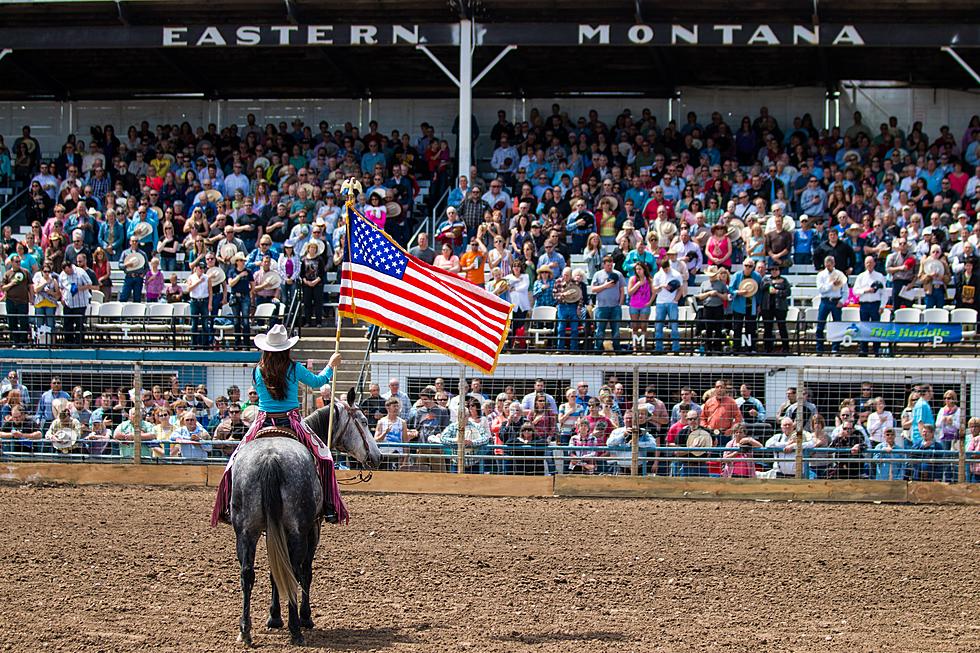
Friday Fun Facts About Elk
Credit: Ingram Publishing • Source ThinkStock
It’s that time of year again. Time to get the old pickup in good running shape. Oil up the rifle, get the camo duds out of mothballs, loosen up the boots and get ready for a Montana tradition older than the state itself — hunting season.
Here are some facts about one of the favorite targets of many hunters that are traipsing the hills and draws — the majestic elk.
Fun Facts About Elk
- The Crow Indian tribes used as many as 500 Elk Canine teeth on their wedding dresses. Hunters remove canine teeth to show at checking stations as a way to establish the age of the elk.
- While horses have a top speed of 55 mph for short distances on a flat surface an elk would leave a horse in the dust over rugged terrain or snow.
- A cow with a rack? Not that kind of rack. Hunters have brought down elk cows with antlers but as you might imagine it’s pretty rare but has been documented.
- Colorado leads the way in numbers of elk with around 200,000. Followed by Montana 150,000, Idaho 140,000, Oregon 106,000, New Mexico 70,000, Wyoming 70,000, Utah 68,000, Washington 60,000, Arizona 55,000 and California with 7,500.
- Bull elks average around 700 pounds while cows are in the 500-pound range. Bull elk antlers are around 40 pounds.
- In spite of their 500-700 pound weight elks can jump obstacles as high as 8 feet. And they don’t do the Fosbury Flop.
- If you want to beat the world record of elk kills it won’t be easy. “For hunter-taken non-typical American elk, the previous top bull scored 450-6/8 B&C points, taken in 1998 in Apache County, Ariz., by Alan Hamberlin.”
- Nine out of ten wolves prefer elk as the meal of choice. OK, ten out of ten. However, bears and mountain lions also take a large portion of the elk population.
- Every experienced hunter knows the sound of an elk. Their loud bellowing cry can be heard for miles. What hunters may not know is elk communicate with their feet. Their anklebones make a cracking sound when walking that other elk recognize.
- Antler size is dependent on how early they start growing and how much sunlight the elk receives each day. Antlers can grow as much as an inch per day in the right conditions.
(Source: The DIY Journal Sept/Oct 2015)
Some Final Thoughts
Now you know everything about elk but were afraid to ask.
So lock and load and bring home the bacon — or whatever elk meat is called. I think its called elk meat.
More From KMMS-KPRK 1450 AM









